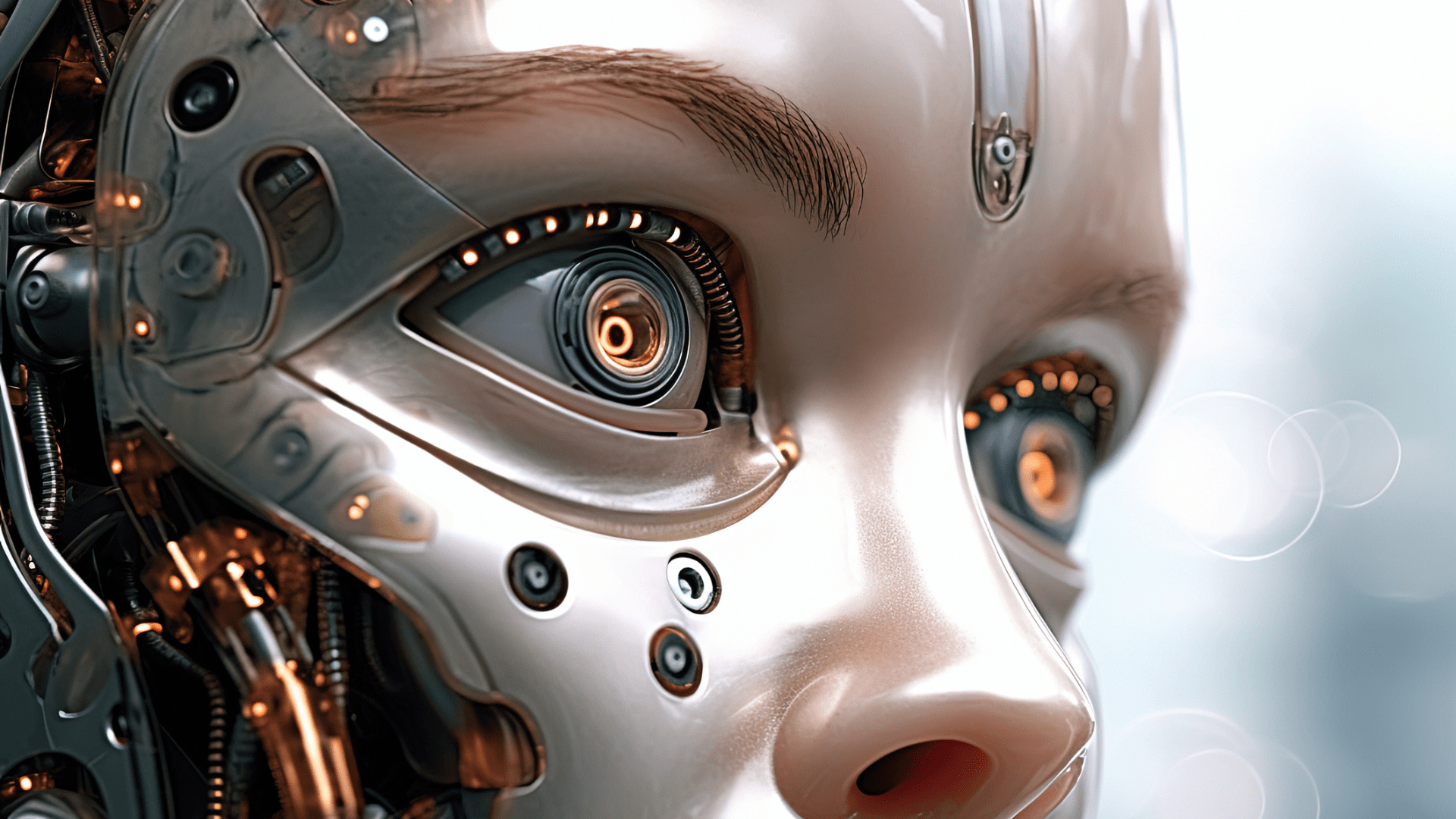Researchers at China’s Tianjin University and Southern University of Science and Technology have reportedly developed a robot with a lab-grown artificial brain.
Brain-on-chip technology has been used to train the machine to perform various tasks, according to local media.
The scientists reportedly combined the brain organoid with a neural interface chip to power the complex machine. The robot has been trained to easily grasp objects and avoid obstacles, according to Tianjin University.
in-vitro cultured ‘brain’
In general, brain organoids are three-dimensional aggregates in vitro generated through the self-organization and differentiation of human pluripotent stem cells. They can become brain-like tissues that recapitulate aspects of the structure of a developing brain.
Ming Dong, vice president of Tianjin University, stated that it is a technology that uses an in-vitro cultured ‘brain’ – such as brain organoids – coupled with an electrode chip to form a brain-on-a-chip, SCMP reported.
Human-robot hybrid intelligence
Brain on chip technology is part of brain-computer interfaces that combine the brain’s electrical signals with external computing power. It recently received widespread attention after Elon Musk launched the Neuralink chip, a brain-computer interface that is fully implantable, cosmetically invisible, and designed to let you control a computer or mobile device wherever you go.
With the new development, Chinese researchers believe it could help them build human-robot hybrid intelligence.
Brain-like computing
The researchers claimed that it is “the world’s first open-source intelligent information interaction system on a chip” and could lead to the development of brain-like computing.
In their latest paper published in the Oxford University Press journal Brain, they stated that human brain organoids represent a remarkable platform for modeling neurological disorders and a promising approach for brain repair. However, the effects of physical stimulation on their development and integration remain unclear.
Li Xiaohong, a professor at Tianjin University, stated that while brain organoids were considered the most promising model of basic intelligence, the technology still faced “bottlenecks such as low developmental maturity and insufficient nutrient supply,” according to the SCMP.
In their paper, the team wrote that low-intensity ultrasound stimulation advances the development and integration of brain organoids, providing a strategy for treating neurodevelopmental disorders and repairing cortical damage.
After organoid graft transplantation into the damaged somatosensory cortices of adult mice, longitudinal electrophysiological recordings and histological analyzes reveal that ultrasound-treated organoid grafts undergo advanced maturation, the researchers said.
The university also said the team’s use of non-invasive, low-intensity ultrasound treatment can help neural networks form and mature, providing a better basis for computation, according to the media report.
ABOUT THE EDITOR
Prabhat Ranjan Mishra Prabhat, an alumnus of the Indian Institute of Mass Communication, is a technology and defense journalist. While he enjoys writing about modern weapons and emerging technology, he has also reported on global politics and business. He has previously been associated with prominent media houses including International Business Times (Singapore Edition) and ANI.
